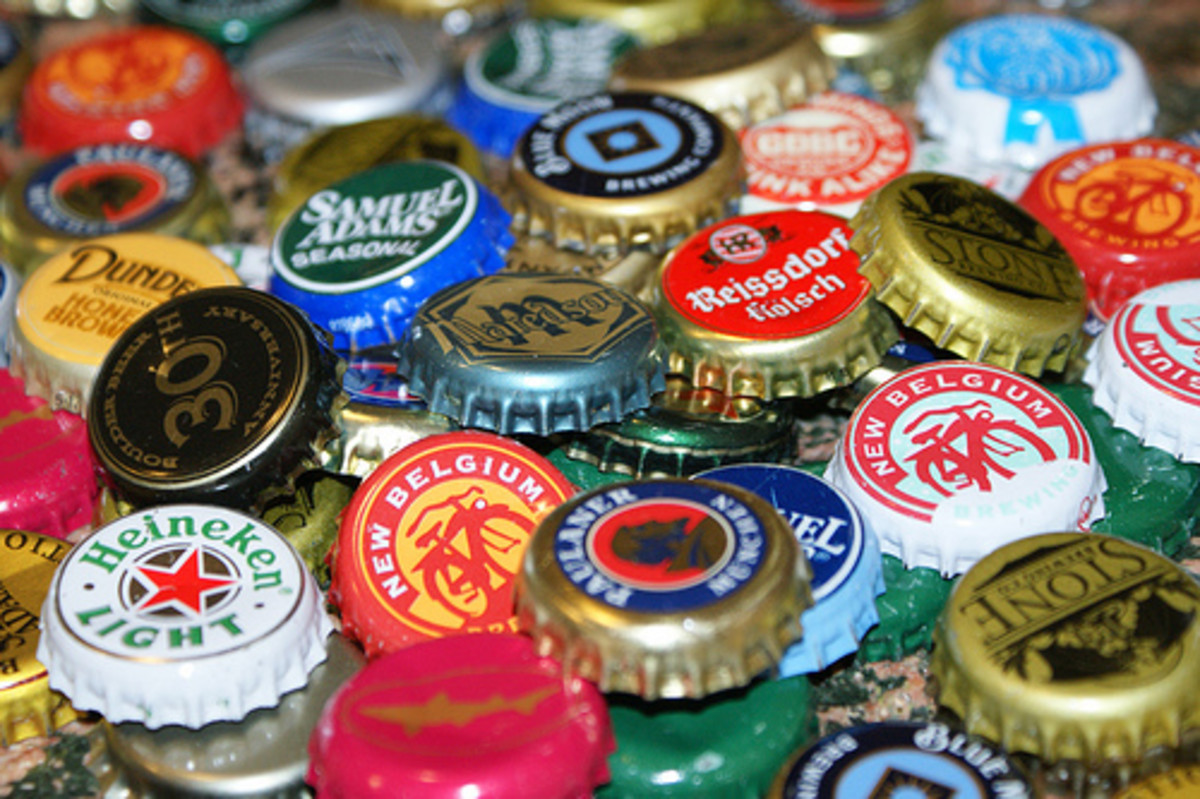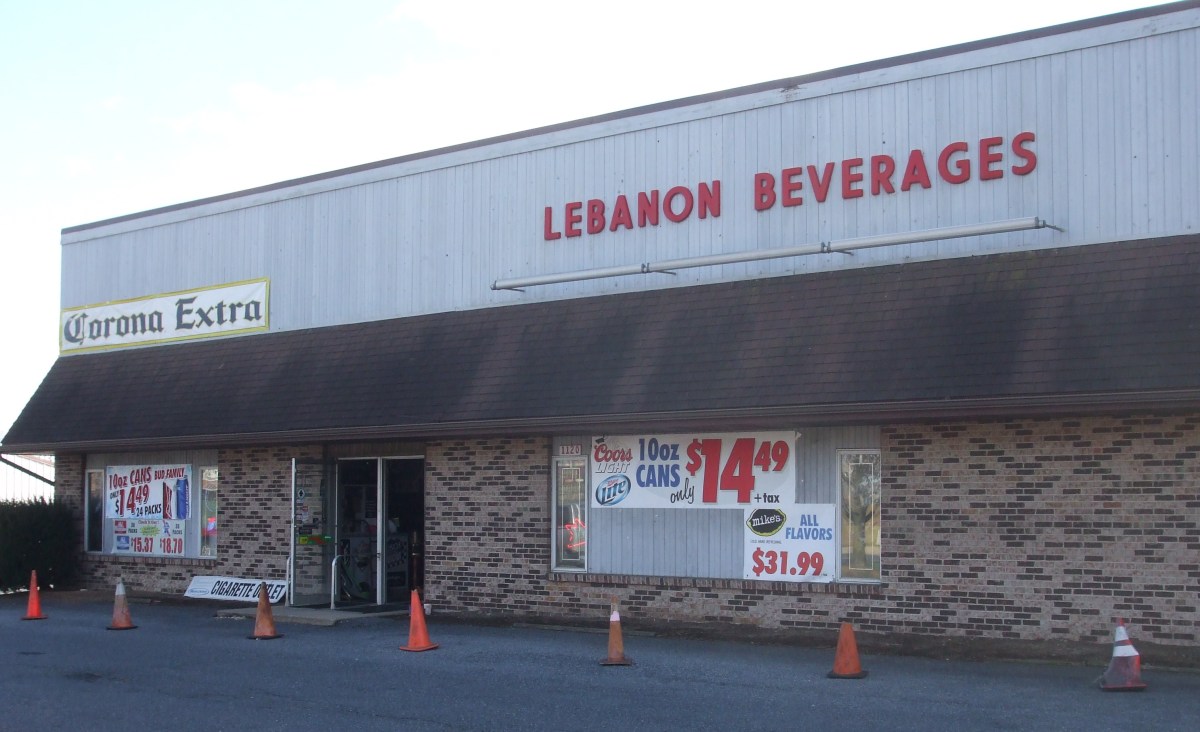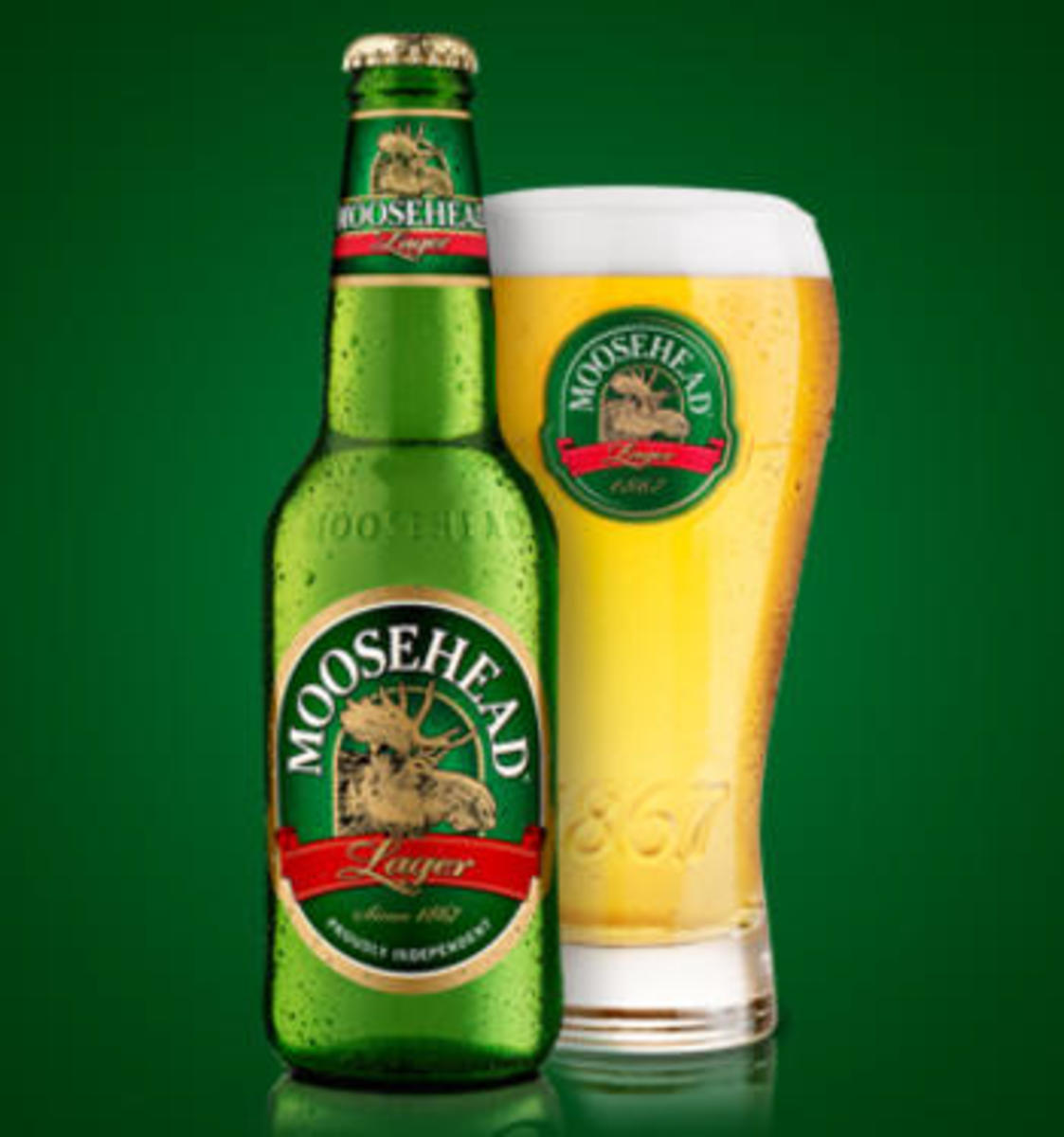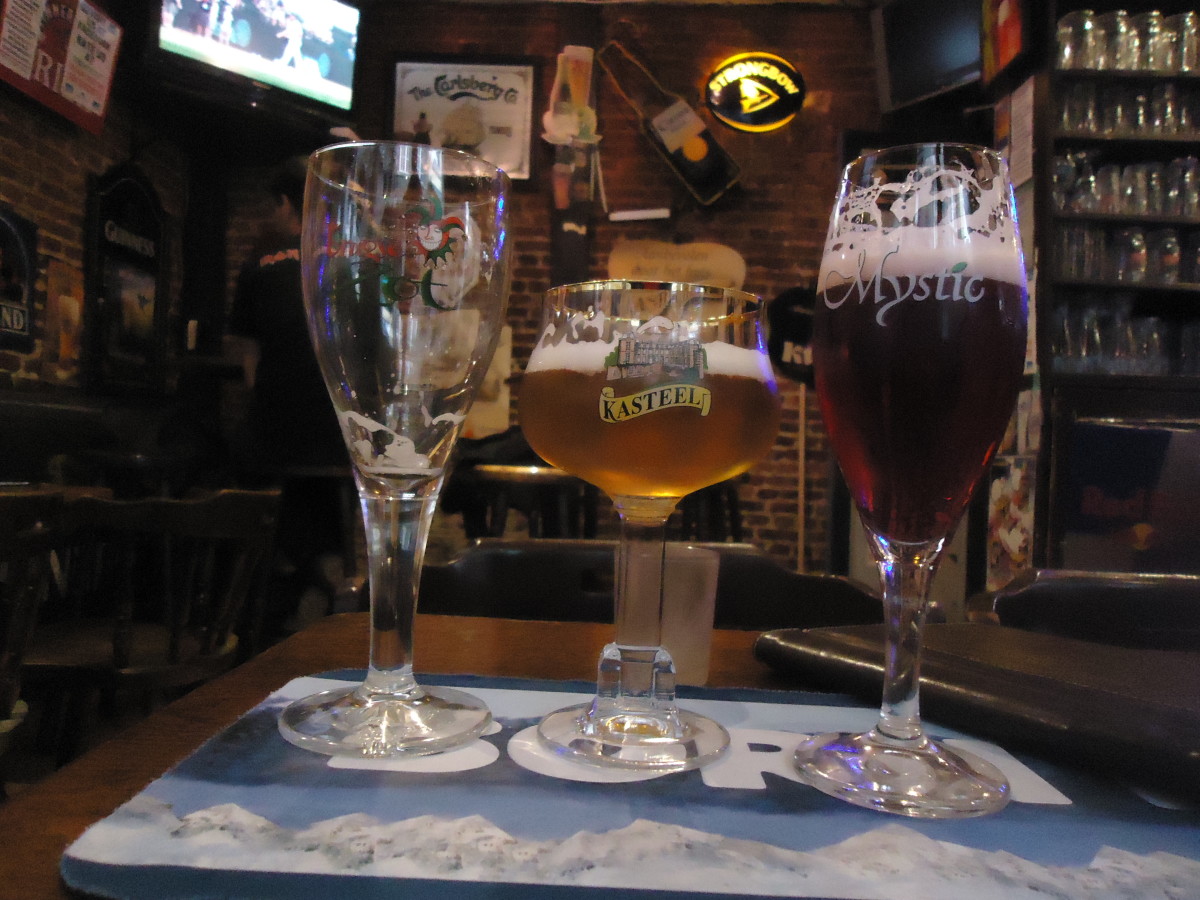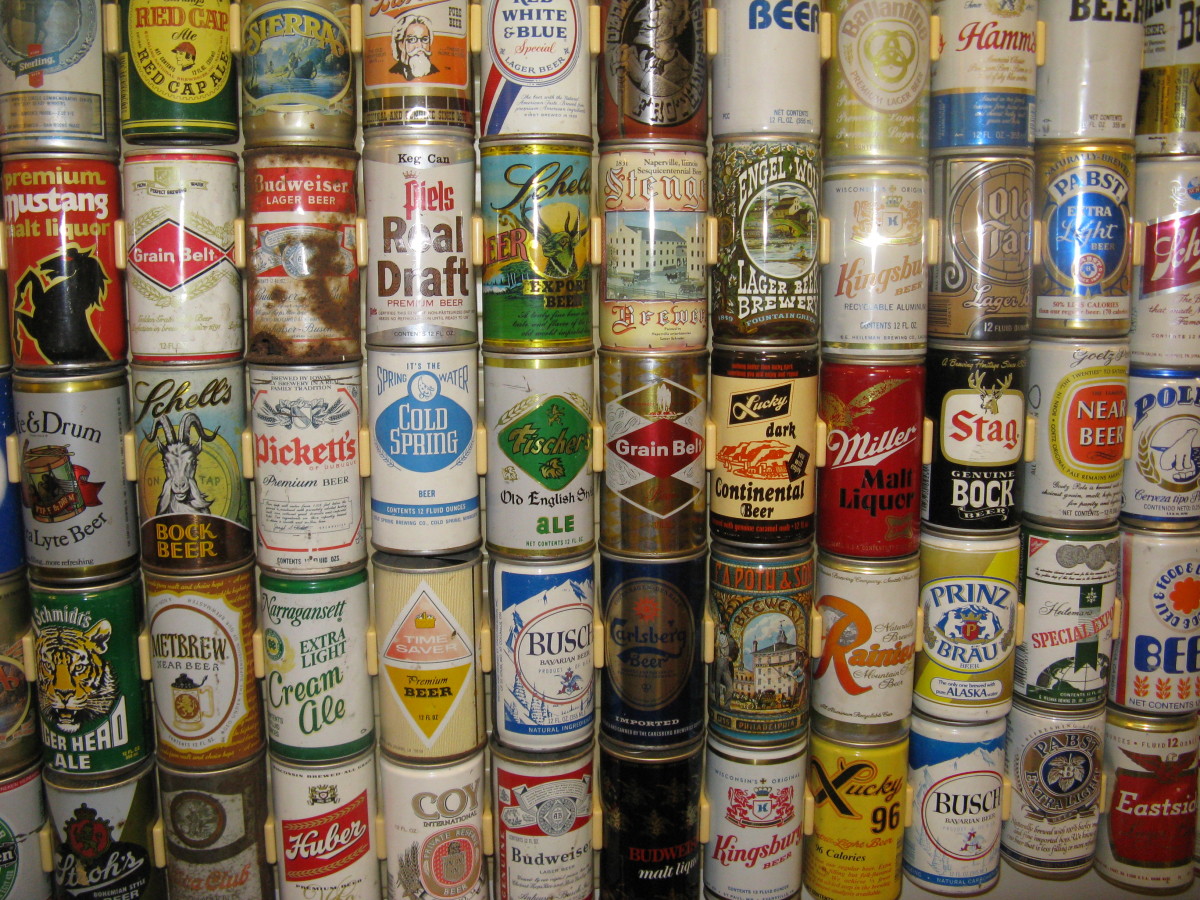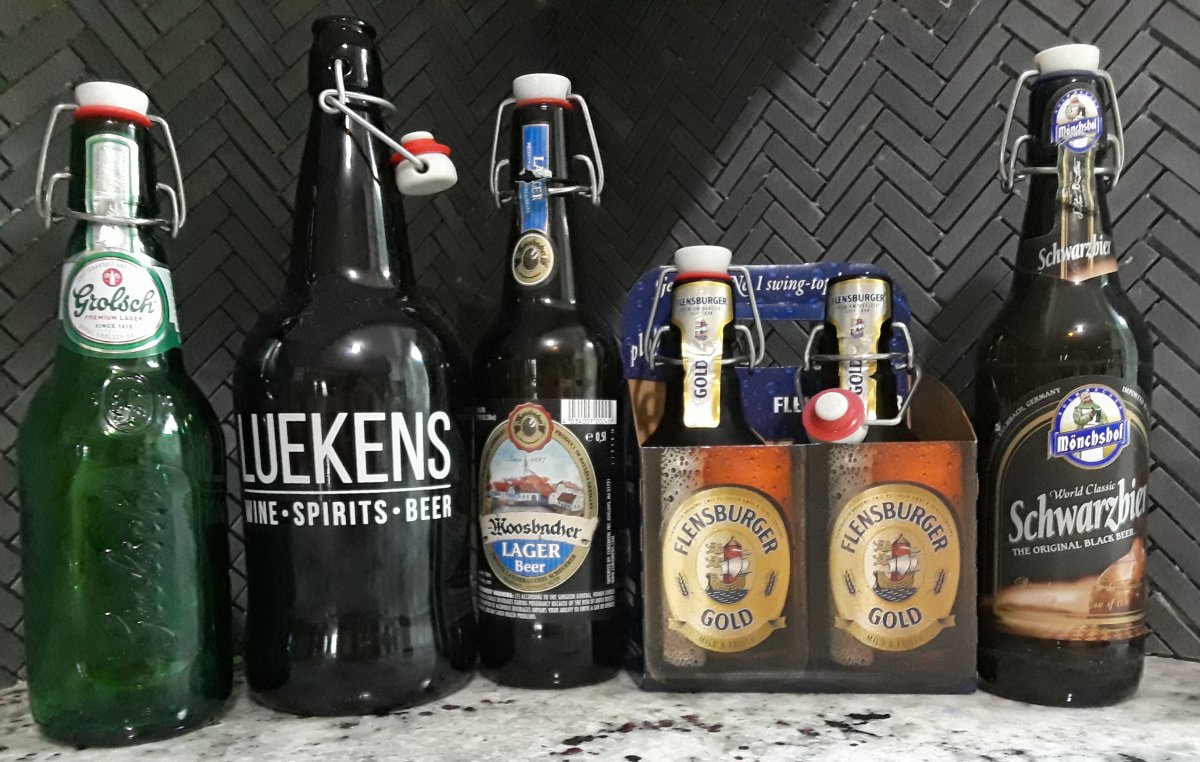An American's Guide to British Beer
One successful strategy I've employed when traveling in England is not to map my itinerary to landmarks, museums and historic places, but rather, target the most interesting pubs and visit the adjacent attractions accordingly. It's a great way to meet friends and benefit from their knowledge of local lore - and what better way to visit the V & A, the Lowry, heck Buckingham Palace than with a pint or two tucked under your belt. Like most Americans, you'll have elevated your preconceptions of pub life to near mythic proportions, but the beer - "it's warm!", "it's bitter!" and other half-truths may have filled you with trepidation. Well fear not. This three part primer will help introduce you to the world of British beer.
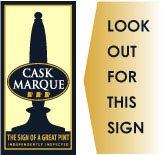
The Campaign for Real Ale
Two critical abbreviations for any American tourist to familiarize themselves with are MTG: Mind the Gap - the four to six inch space betwixt the railway platform and the threshold of your waiting train, and CAMRA, which stands for - you guessed it - the Campaign for Real Ale, an organization committed to preserving and growing Britain's real ale heritage. In the words of CAMRA they are a 100,000 member strong "independent, voluntary, consumer organization which campaigns for real ale, real pubs and consumer rights."
These guys and gals take beer tasting AND ale-aptitude as relates to the keeping, serving and drinking of beer seriously. And they aren't the only ones. A sister organization Cask Marque consults with brewers, pub and distributors regarding the transport, storage, serving-ware and pouring of beer. When you see the logo shown above displayed on the door or beer menu of a pub, you can be assured the staff has been trained to serve ale the proper way, and that the cask ale will be fresh.
Good Beers Good Pubs
Throw out you Fodors, your Michelins, your Rough Guides, well hold on to your Rough Guide - but the only tomes you really need whilst traveling the UK are the most recent editions of the Good Pub and Good Beer guides. I find the two publications nearly interchangeable, though I may recommend the Pub Guide for new travelers and the Beer Guide for those whose focal point is solidly and unashamedly aimed at beer. No matter, you'll end the afternoon queuing at the loo in the Tate Modern anyway.
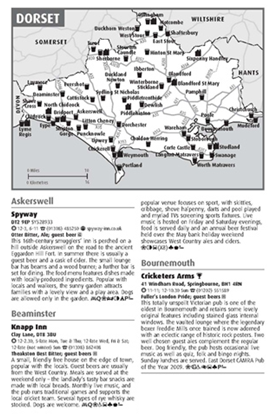
The "Information Architecture" of the guides is exquisitely organized by county, town and post code, with maps and simple iconography to guide you to pubs and breweries who serve cask ale. The details of each pub including hours of operation, accessibility, address and contact information and, most importantly, which beers are on the cask. To top it off a review of the pub, its food and its ale-aptitude, as compiled by local CAMRA members, anchors the listing. In the second half of the book the breweries are described with their brews meticulously reviewed and cataloged by style, ABV and structure i.e.) hops and malts used.
OK. Now that you've got your guides... Let's talk about the beer!
Cask Ale
Also known as real ale. Any stateside fan of a tipple who has tasted a Bass Ale, or a Fuller's ESB, or a Boddington's Ale out of the can or bottle will attest to the tastiness of the end product, but American travelers are less attuned to the major contribution of British brewing - the carefully poured, lightly chilled, traditional real cask ale. Real ale is brewed using hops, malted barley, yeast and water, leaving the end-product to mature in the cask (think: keg) where it undergoes secondary fermentation. The ale is then drawn and poured directly from the cask using traditional handpulls - ornate wooden or ceramic handles decorated with cleverly detailed "clips". This opposed to modern fonts also found in the UK, Europe and brew pubs in the US, that extract the beer using gas cylinders.
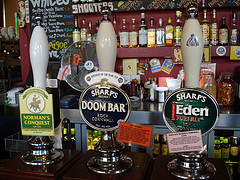
By comparison, cask ales hold their head longer, and hold their flavor better than beers that make a big frothy splash out of a CO2 tap. It's a matter of pride of craft more than anything. A cask brewed ale will find its way to the pub immediately upon fermenting - still brewing, while a CO2 keg beer could sit unattended on a warehouse pallet for weeks. I suppose the best analogy is sushi vs sardines - cask ale being sushi (it's fresh) and keg ale, well, its sardines (which as much as I love them are resolutely not).
For those keeping track, a liability of British beer is that for something so awesome in its real, fresh, cask state - it falls way down as a bottled beverage. Belgian ales (Abbeys, Trappists, Golden) fare much better in the bottle, probably because they employ bottle conditioning - i.e.) they still ferment in the bottle. With British beer I find that once the primary fermentation has stopped - unless it is bottle conditioned, the citrusy, flowery, fruity hops character is lost and the malt takes over - rendering most beers to taste alike, with a maltiness that overpowers everything else. It all starts tasting like flat Coca-Cola.
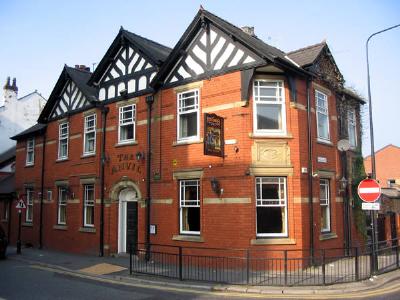
Why cask ale? Why not get a John Smith's or a Bass ale, or indeed a lager out of a gas tap? Because cask ale is fresher, it tastes better as the hops and malt and yeast are all right there fermenting, brewing in the cask as it waits to be poured into your pint glass. And the pour itself is better - the aforementioned handpulls - when operated with proper technique - serve up a flowing ale with just the right head-to-brew ratio. Plus it's the traditional way beer has been served, for generations.
Fancy a Pint?
One of the prevailing myths - OK - exaggerations that gets bandied about is beer in Britain, indeed all of Europe, is served warm. Not true. It's just that serious European brewmasters, landlords and publicans all take great care to ensure their product is served at the proper temperature. While warm compared to a tonsil numbing 33 oF Coors Light, the crisp, sub-room-temperature of European beers brings out the flavor - particularly British real ale. So fear not. After winding your way through the medieval maze of Chester town center, or trudging in your wellies over the Yorkshire Dales, you'll be well compensated with a nice, chilled pint of Timothy Taylor Landlord, or a Moorhouse's Black Cat Mild.
Temperatures for serving beer
Country
| Style
| Temperature (F)
|
|---|---|---|
U.S.A.
| American "Lager"
| 35 - 38
|
Belgium
| Ale (Abbey, Trappist, Red)
| 48 - 55
|
Germany
| Lager & Pilsner / Wheat Beer
| 48 / 48 - 54
|
Great Britain
| Ale (Bitter, Mild, Porter)
| 50 - 55
|
Myth 2: It's REALLY Strong
On the contrary! As carefully noted in famed beer writer Michael Jackson's scholarly tome Michael Jackson's Beer Companion, your basic British bitter very seldom gets above 4.4 ABV (Alcohol by Volume). Mild, another less hoppy style averages around 3.4 ABV and seldom gets above 3.8. This as opposed to American microbrews which are seldom less than 5.5 ABV. I attribute the high alcohol content (and extreme hoppiness) of American microbrews to the brewmaster's desire to distance their product as far as possible in taste and construct, from traditional American "lager". More on styles and their attributes in Part 2 of our series.
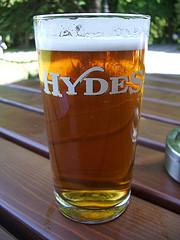
Another concept that is sure to intrigue beer seeking American visitors is the concept of the "session beer" - a beer that you sit down and drink over the course of a session. What's a session? Call me a lush but I say nothing less than 4 beers constitutes a session. And that's a short one. You just can't do that and feel decent the next day drinking 5.0, 6.0, 7.0 percent ABV beers. The key to a session spent drinking in a pub is to pace yourself. Think back-to-back football (soccer) matches, or the second innings of a four day test cricket match. Finish it off with a trip to the local chippy and a couple of paracetamols and you'll sleep like a baby. No... British beer is meant to be drunk unashamedly, unabashedly by volume - and still feel ready for refreshing hike over the moors the next morning.
Authors Note: A few of you my have raised an eyebrow wondering "when's he going to mention food?" I'm not going to mention food. Well, I am going to mention food - but not the way you think. I believe that the "beer - food paring" movement is nothing more than food and drink editors caving to puritanical lobbying groups. Yeah, an American malt beverage (aka "Bud") is great with pizza because the pizza chases the awful taste of the beverage, but admit it, how many times have you had an awesome beer (or indeed wine) in one hand and and awesome truffle, or glorious piece of cheese, steak, fish in the other and completely ruined BOTH? Enough said. So don't worry about food ruining your session beer. The landlord will be happy to supply you with periodic bags of crisps (chips), peanuts or any other acceptable accompaniment to your beer.
Have Another?
OK great. In Part 2 I'll be introducing some of the traditional (and contemporary) British beer styles. In Part 3 I'll be interviewing some British Beer luminaries from CAMRA and the owners and brewers of one of Lancashire's rising real ale stars, Allgates Brewery. Meanwhile, I'm going to leave you a few tasting notes of some of my favorite British Real Ales. Cheers!
Brewery/ Beer
| Style
| Notes
| Strength (ABV)
|
|---|---|---|---|
Timothy Taylors/ Landlord
| Best Bitter
| Golden color, grassy nose, a rich, balanced, intense beer. The ultimate bitter!
| 4.5
|
Black Sheep/ Special Ale
| Best Bitter
| Copper color, biscuity flavor. A well rounded, chewy bitter featuring the english hop variety - nice!
| 4.4
|
Thwaites/ Lancaster
| Best Bitter
| Deep amber, fruity, malty, well balanced - tight head - very nice - recommended!
| 4.5
|
Brain's/ Reverend James
| Bitter
| Amber, mellow, nutty, sulphery nose. A damn good beer. This is a unique complex ale and should win awards!
| 4.5
|
Cain's/ Bitter
| Bitter
| Tan to brown color, hoppy, balanced, lots of flavour - a nice session ale - recommended!
| 4.0
|
Joseph Holt
| Bitter
| Copper color. Spicy, hoppy, complex bitter that exudes Manchester craftsmanship!
| 4.0
|
As jotted down in a moleskine during my travels to England


